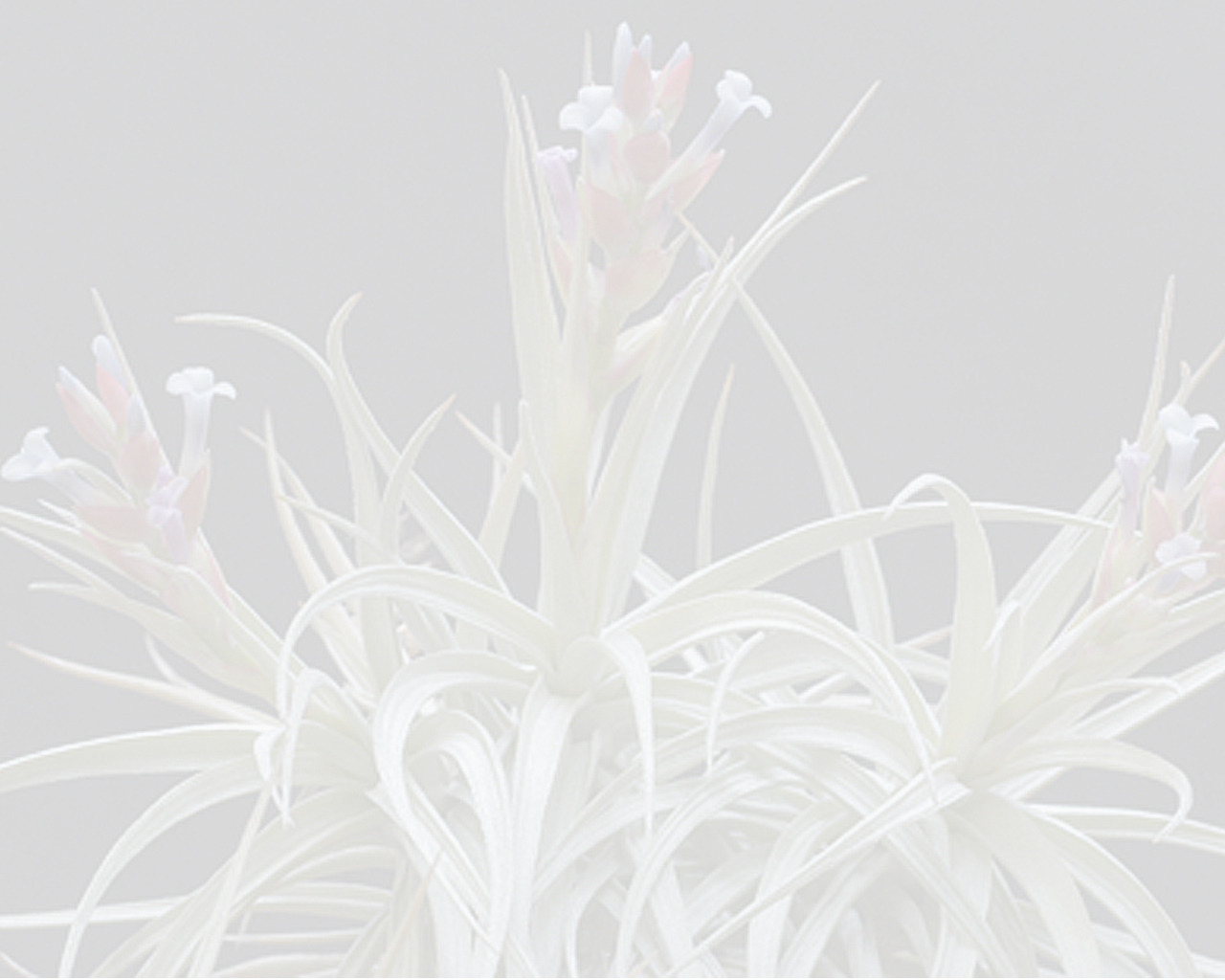


plant stemless, in age with short, thick, rhizome covered by old leaf bases and a hanging inflorescence. leaves numerous, forming an erect, to 80(–110) cm high and 60–80–160 cm wide funnelform rosette; sheath very large, triangular-ovate 15–20 cm long and 10–20 cm wide, pale to dark brown lepidote, indistinct, with a broad fleshy glabrous white base clasping the stem; blade 60–80 cm long, ca 10 cm wide, ligulate or broad ensifom, the apex narrow triangular attenuate, with subulate attenuate apex, glabrescent or sparcely minutely lepidote not masking the leaf color, more or less cretaceous, yellowish to rich green, often somewhat red flecked, at the apex occasionally coloring vinaceous. inflorescence: peduncle thick, to 3.5 cm at the base, terete, slighly grooved, bent distally, shorter than the rosette or just exceeding it, ensely covered by bracts, glabrous, pale green; peduncle bracts foliaceous, upward gradually decreasing in size, in upper half of the peduncle with a dormant bud in the axile, the upper ones narrow triangular, ca 15 cm long, tinged rose and cretaceous; fertile part bending over or hanging, once branched or some branches twice branched, fertile part to 80 cm long, ± 20 cm wide, with 10–15 hanging spikes; axis bent downwards, 1–1.4 cm in diameter, excavated-angled, pale green tinged rose or reddish, cretaceous, internodes 1–2 cm long; primary bracts as long as or shorter than the sterile stipe of the spike, almost enveloping these, narrow triangular-ovate to lanceolate, acuminate, 8–12 cm long, green to reddish, appearing rose because of the cretaceous wax; spikes hanging, long stipitate, lanceolate in outline, to 20 cm long, 2.5(–3) cm wide, strongly complanate, with long cuneate base, distichously up to 12 flowered; stipe 10–14 cm long, complanate, subdensely to densely bracteate, strongly curved downward; stipe* bracts like the floral bracts but less inflated, carinate; peduncle bracts very large – 2 keeled, adaxial; rachis glabrous, white frosted, somewhat visible only postfloral; floral bracts erect, bi-carinate at the base, flattened, at the apex indistinctly carinate, narrowly ovate, 4–5 cm long, 2 cm wide(when flattened), acuminate, stiff, carmine red violet and underneath with white frosting, therefore appearing grey, adaxially scattered appressed minutely brown lepidote, about as long as the sepals. flowers erect, thick and short pedicellate, 6–7.8 cm long; sepals lanceolate, 3,7–43.5 cm long, 1–1.7 cm wide, the adaxial ones sharply carinate, free, reddish, abaxially glabrous, adaxially scattered minutely appressed lepidote; petals narrow lanceolate, 5,5–7.5 cm long, 5–12 mm wide, blue-violet, white towards the base. stamens and style enclosed, a little shorter than the petals.Translated by Butcher & Gouda (1---1-2022) from: Rauh 1985a. (protologue) Bromelienstudien (Mitteilung 16). I. Neue und wenig bekannte Arten aus Peru und anderen Ländern .